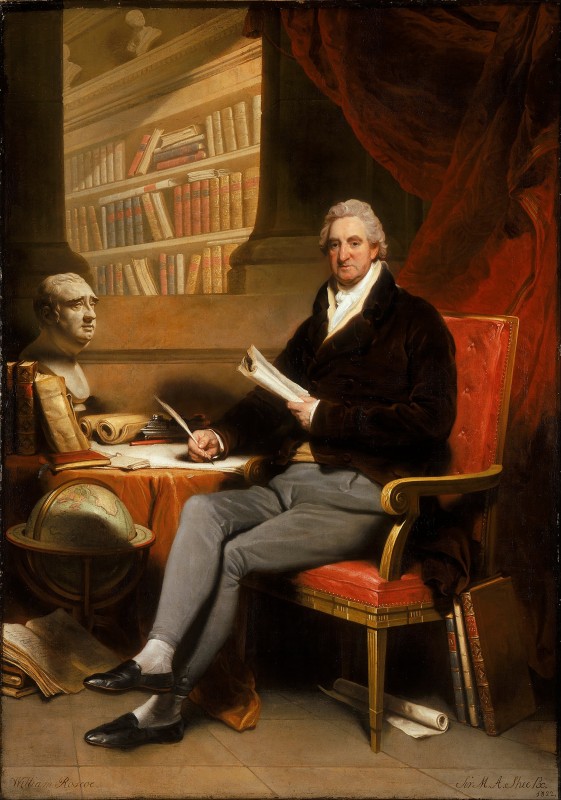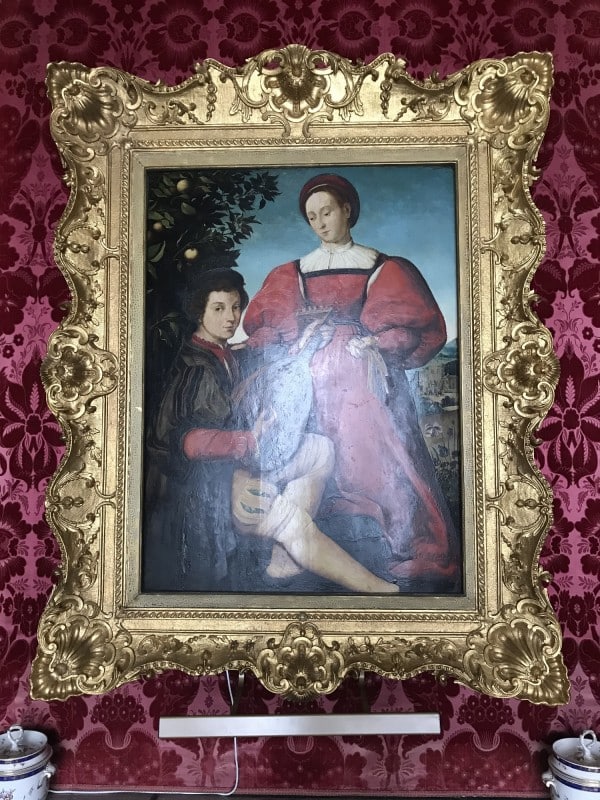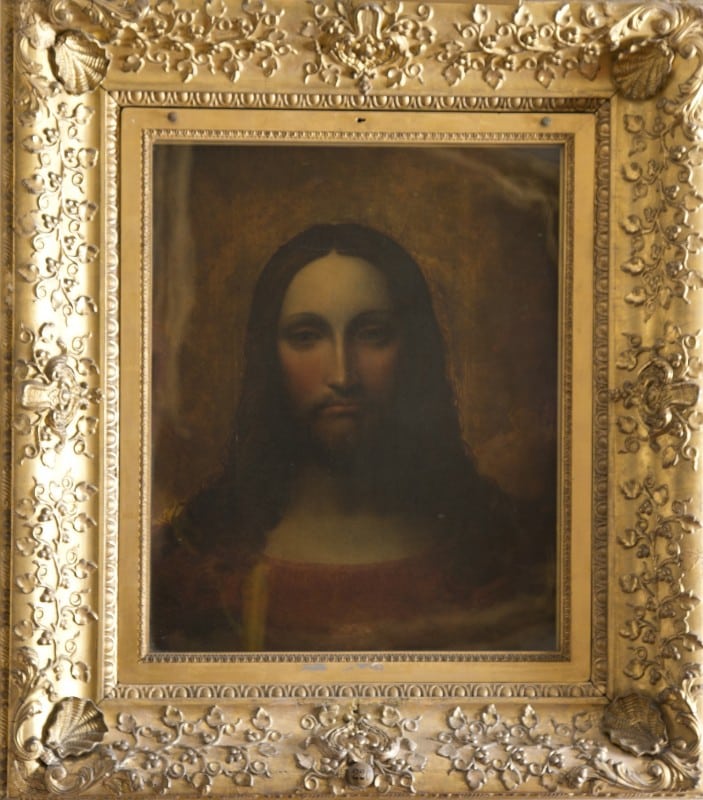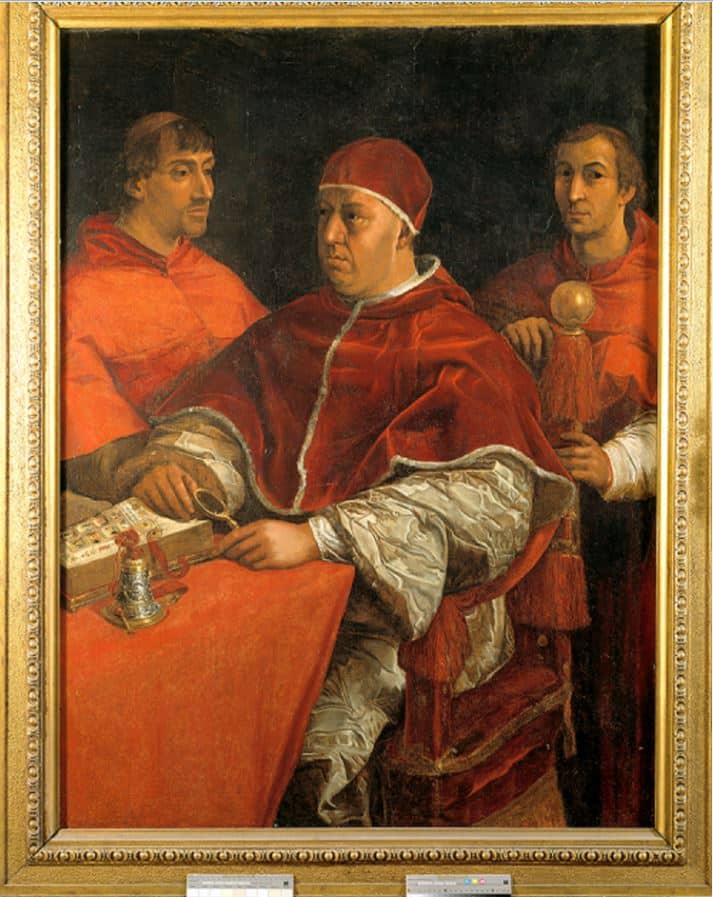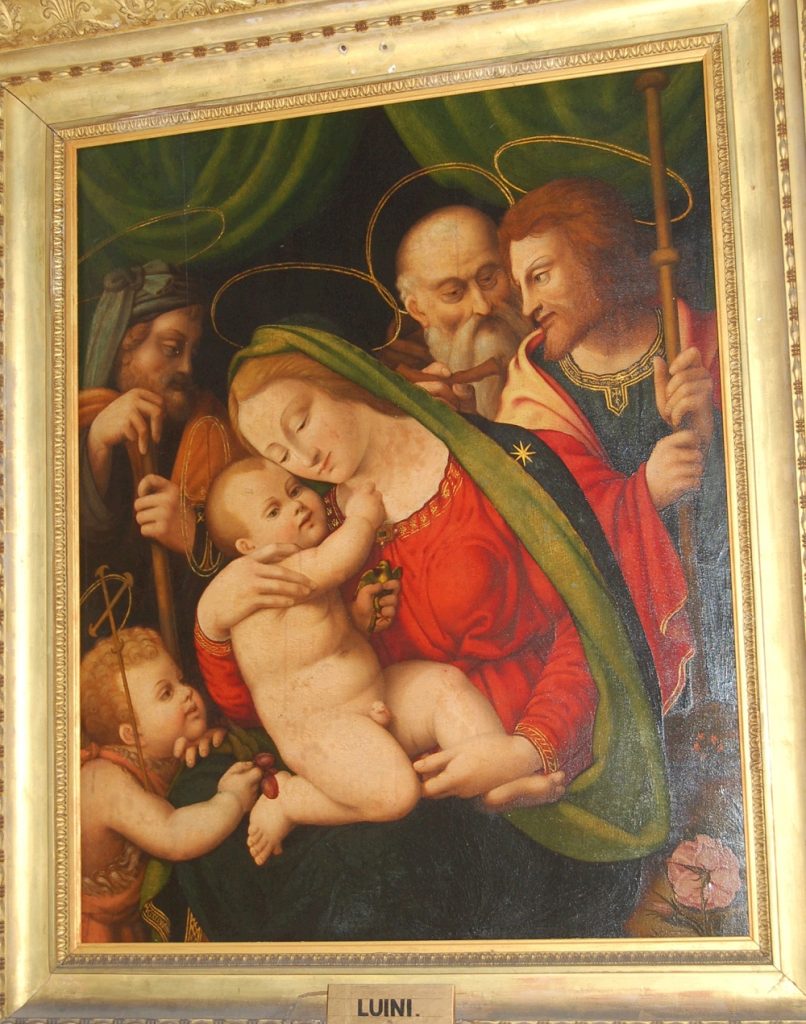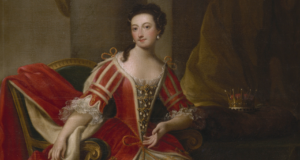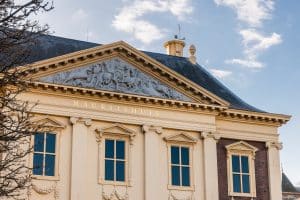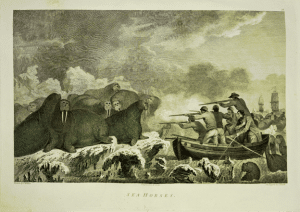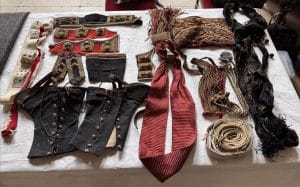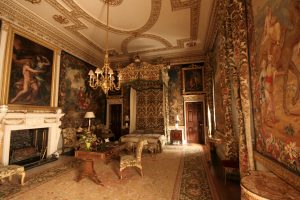How to support friends and acquire collections
February 18, 2021 | Treasure tales and archive snippets | 6 minute read
Thomas William Coke (1754-1842) did a great many things for Holkham, particularly with regards to the wider estate and farmland. Generally, his contribution to the wonderful collection in the hall pales in comparison to that of his ancestor, Thomas Coke, 1st Earl of Leicester (1697-1759), who collected the vast majority of what is displayed in the State Rooms. However, Thomas William did add to the collection in a few, meaningful ways.
One interesting group of paintings was purchased by Thomas William from the sale of his friend, the Liverpool banker William Roscoe (1753-1831). Something of a Renaissance man, Roscoe was also a respected historian and art collector, in particular being an important collector of works of the Italian Renaissance. However, in 1816 he had run into financial difficulties, caused by the failure of his bank. In order to provide ready money, he sold almost all of his possessions at a six-day sale in 1816.
It is not known exactly how Thomas William met Roscoe, but the two shared interests in agriculture and were supporters of Whig politics and in particular Charles James Fox. However, what is clear is that they became good friends; as well as correspondence and visits to each other’s houses, between 1815 and 1822 Roscoe worked with the book binder John Jones to re-organise and catalogue the Holkham library, rescuing many valuable manuscripts from languishing in the attics in the process. So, when Roscoe’s financial woes became known, Coke was anxious to help. Knowing his friend’s pride would not let him accept charity, Coke instead purchased a number of works from the Roscoe sale, to help alleviate his friend’s debts. In total, he spent £1,868 on books and £1,105 on paintings.
This group of paintings forms an interesting group of outliers in the collection. Almost all the paintings collected by the 1st Earl were from the 17th and 18th centuries, whereas the pieces acquired from the Roscoe sale were significantly older. They also form the only set of works purchased by Thomas William, who tended either to acquire single pieces when the opportunity arose or to commission works with a political message from friends in the Royal Academy; one such work was a portrait of Roscoe himself, commissioned by the Royal Academician Sir Arthur Shee in 1817. This work was subsequently donated to the Corporation of Liverpool in 1860, and hangs in the Walker Art Gallery, which itself was founded on the acquisition of 37 paintings from the Roscoe collection in 1819.
The first painting purchased from the Roscoe sale is this depiction of a young couple in love. It has confounded attempts at attribution, having been listed at various times as Giorgione, Bronzino, Lorenzo Zacchia, and most recently, Vincenzo Tamagni. This last attribution was suggested by the curators of an exhibition in Rome, to which the work was loaned in 2017.
The second painting was purchased under the attribution of Leonardo da Vinci, though this seems highly unlikely. Despite the spurious attribution, it appears Thomas William had a soft spot for the work, as he commissioned the painter Thomas Hargreaves (1774-1847) to make a miniature copy of it. This version was re-acquired by the estate a couple of years ago, and has since undergone restoration so that it might be re-displayed.
A third work bought from the sale is a copy of Raphael’s portrait of Pope Leo X with Cardinals, c.1518. The original hangs in the Uffizi, Florence. This version is thought to have been painted by Giorgio Vasari, best known as the author of ‘Lives of the Most Eminent Painters’. However, early sources believed it to be a famous copy by Andrea del Sarto, though we now know for certain the del Sarto copy hangs in the Museo di Capodimote, Naples.
The del Sarto copy was famous due to the story attached to its origin. Supposedly, Raphael’s original was so greatly admired by contemporaries, that Federigo II Gonzaga, Marchese of Mantua, requested that the Pope give it to him as a gift. The Pope, unwilling to part with a favourite painting, asked del Sarto to make a copy, which he sent to Mantua in 1525 claiming to be the original. Vasari knew of this deception, and recounted that del Sarto had signed the edge of the canvas, which he showed to the Marchese to prove it was a copy. The Holkham version was purchased as this famous copy, however, much to Thomas William’s disappointment, no signature was found on the edge of the canvas. In the 20th Century, the real del Sarto work was identified in Naples, putting the matter beyond any doubt.
The next Roscoe-provenanced item is this work, dated to 1518, depicting the Holy Family with Saints John the Baptist, Anthony Abbot and James the Greater. Originally purchased under the attribution of Bernardino Luini (1480-1532), the work was initially hung in the North State Dressing Room. In 1910 it was moved to its present location in the Chapel Gallery, by the 3rd Earl, who installed a set of Brussels tapestries in place of the earlier picture hang.
The final item purchased from the Roscoe sale is one which is no longer part of the Holkham collection, and was sadly sold to pay death duties in 1986. Depicting the Madonna and Child with St Helena and St Francis, it was originally attributed to Ghirlandaio and Michelangelo, who was specifically described as painting the frieze at the bottom. The work has subsequently been attributed to Amico Aspertini (1474-1552). It was purchased by the National Museum of Wales where, in normal times at least, it hangs on permanent display. Click here to see the work.
View all latest blog posts here.
